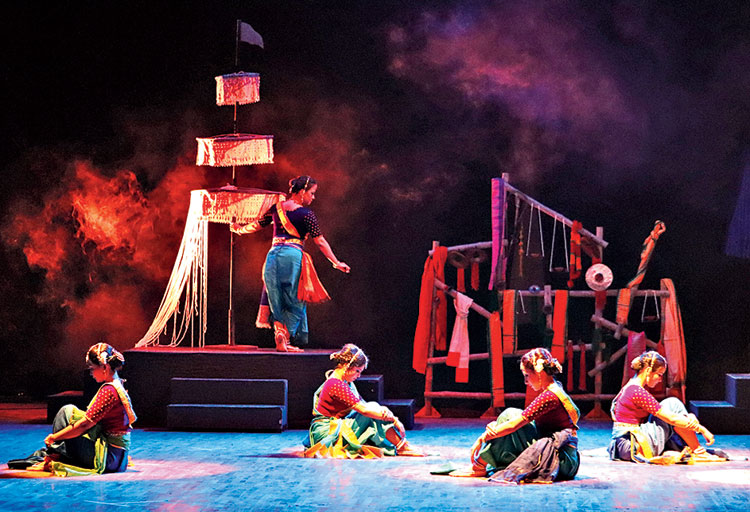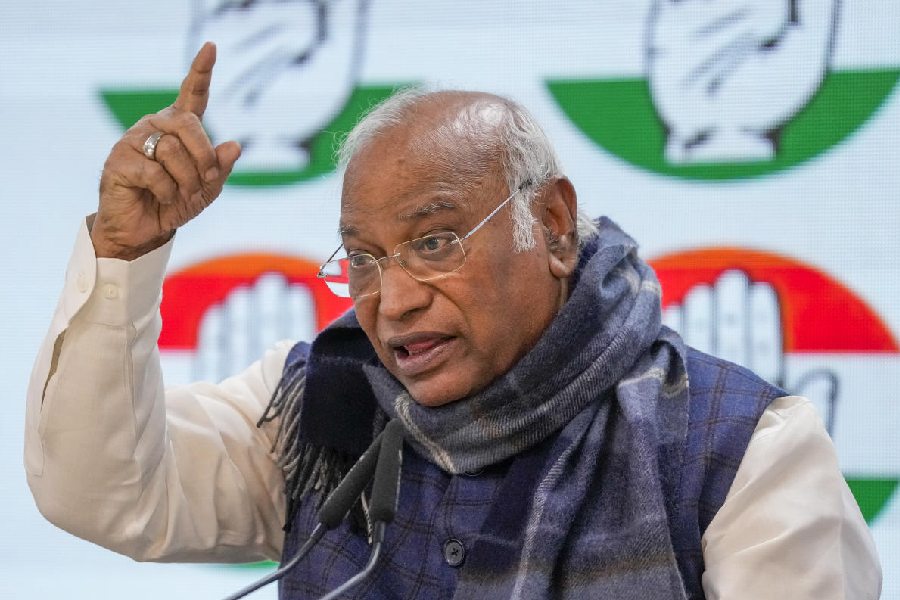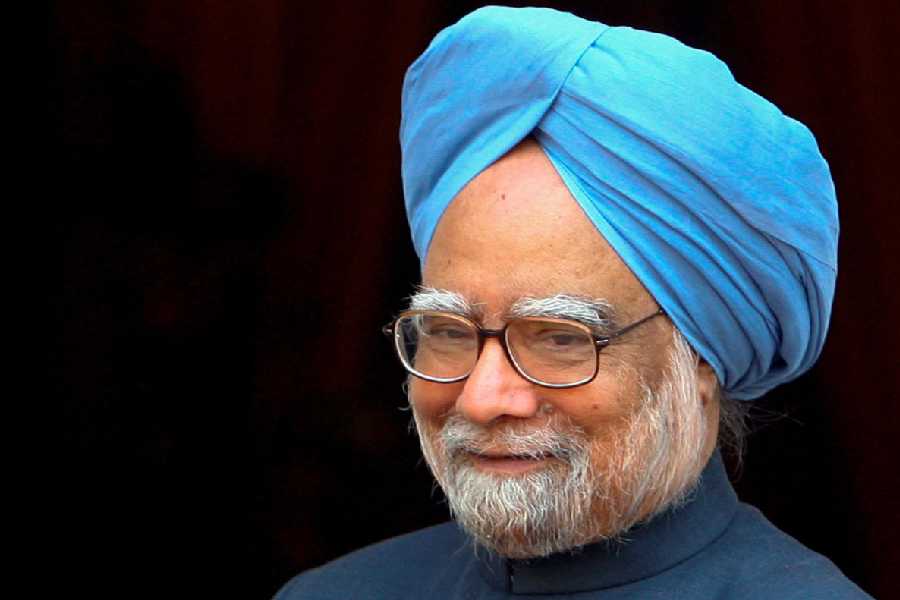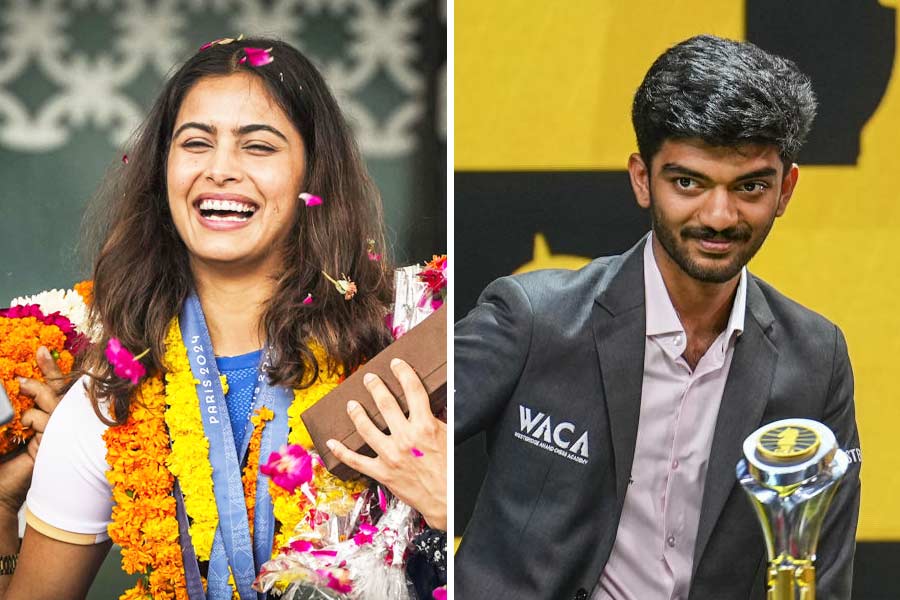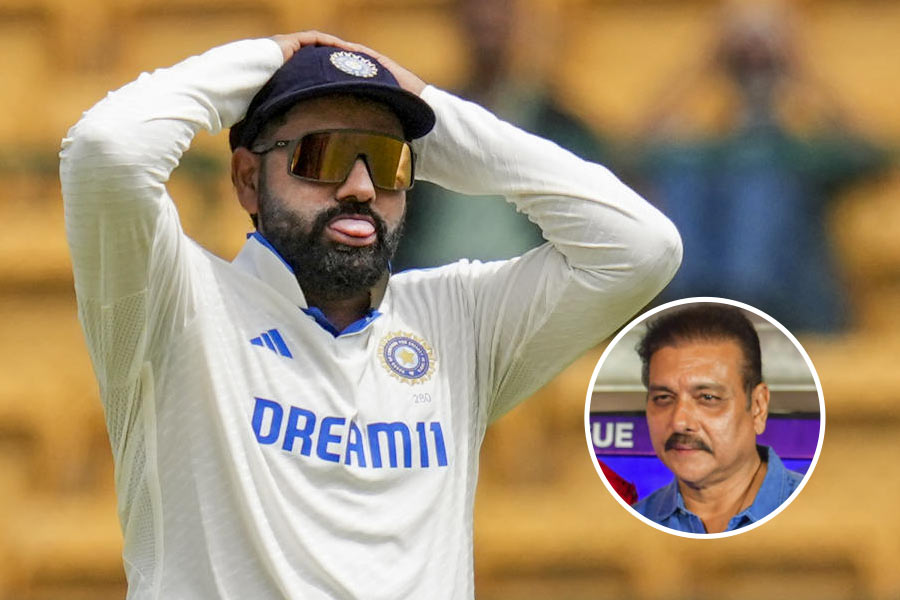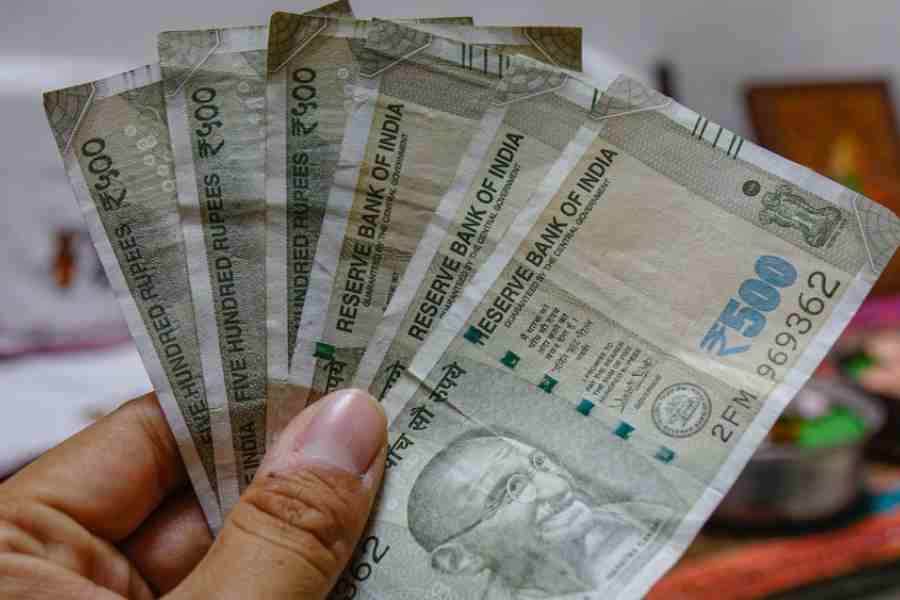Deeply embedded in the Bhakti tradition of Hindu philosophy, the song, “Ghana bari barikhata”, offered the choreographer, Bimbavati Devi, an intense and layered narrative to expand upon. She did so in her usual vocabulary of Manipuri, choosing to add to this the happy shades of ritualistic dances popular during festivals of Manipur.
But the happiness in “Ghana bari barikhata” — staged recently by Manipuri Nartanalaya at Rabindra Sadan at the closing ceremony of the event celebrating the 100th birth anniversary of Guru Bipin Singh — was encrusted with diverse emotions including those of love, longing and pain.
Flowing water was a leitmotif in the production. The lyrics dwelt on the bountiful monsoon rain, which provided a backdrop to the meeting of lovers. It spoke of the desolate nayika who cannot hold back her tears on meeting her beloved. Bimbavati presented eloquent images of Radha’s yearning for Krishna and their eventual amorous encounter as represented in this moving natasankirtana song.
Bimbavati Devi painted pictures of a demure Radha making her way through muddied pathways — the scenes were visually enriched by Uttiya Jana’s inspired exploration of light and shadow — amidst thunder and relentless rain. Into the union of Radha and Krishna, she wove in rituals of vibrant monsoon festivals such as jhulan yatra. Rath yatra, too, lent a spirit of celebration to the tale.
While these images drew from everyday life, the production underscored some basic truths of human existence. The waiting of Radha is akin to the parched earth’s desire for rain to bring fertility to the soil. In the nayika’s longing for her lover, there is a direct parallel with the devotee’s earnest yearning for god. The choreography successfully created these parallel strands of experience in this colourful production.
“Ghana bari barikatha” was a fine work. Unfortunately, however, the rather long first half of the evening that featured way too many speeches dampened the audience’s spirit somewhat. Although the conclusion of the centenary celebration of the birth of the man who played an big part in popularizing Manipuri dance required some ceremony, it was too elaborate a function to precede a dance performance.

